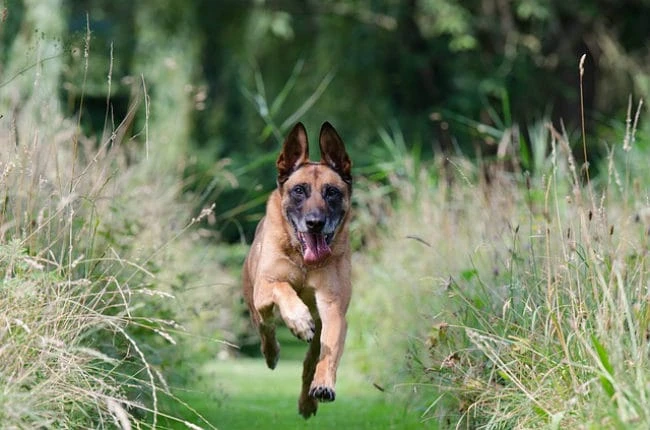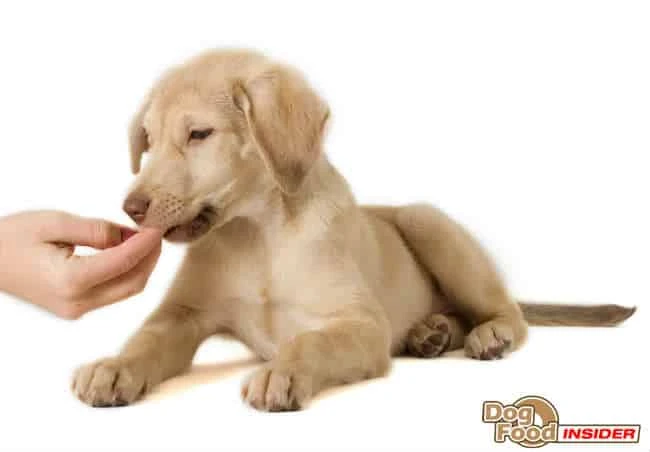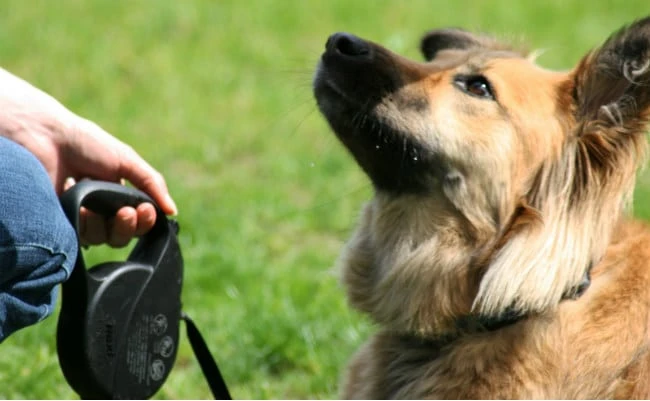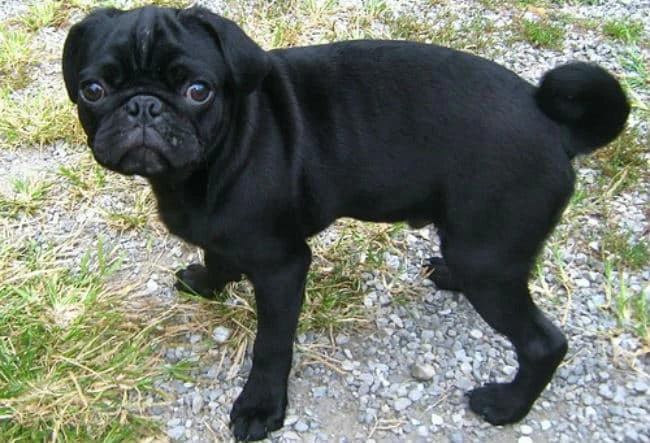Crate Training a Puppy, Crate Training Puppies, Crate Training a Dog
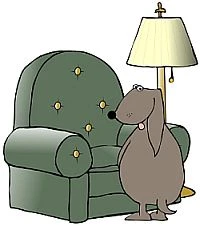
Crate training a Puppy – common problems

In this section you will learn free tips on Crate training a puppy and how to cure common problems fast.
Puppy crate training doesn’t need to be difficult if you follow a consistent schedule and remain fair at all times.
Consequently there is no reason why crate training your dog should be any more difficult that any other part of the puppy obedience training process.
Why does my puppy potty in his crate?
When you start crate training a puppy it maybe that the crate that you have bought is too big – but there are also a few other issues that may cause your puppy to potty in his crate.
- Make sure when crate training a puppy that you are not leaving your puppy for too long in his crate.When puppy crate training whether you are crate training a dog or a pup, you need to take into consideration your dog’s age.Puppy’s that are four months and younger need a potty break quite regularly, normally after a few 2-3 hours.
Puppy’s that are six months can hold their bladder for about 6-7 hours.
Adult dogs can go about 8-9 hours without taking a potty break.
- Make sure when training your puppy that you are not setting unrealistic expectations about how long your puppy can go without taking a potty break – keep a tight schedule.
- If you are not leaving your puppy for too long and he is still eliminating in his crate then the crate may be too big.
- It maybe that your puppy is in such a large crate that he is able to potty and then move to another part of the crate and stay dry – this means that the crate is too big and is not teaching him house training.
- Puppy’s should just be able to stand up, turn around and stretch out in their crate.
- If your puppy is able to do this and then able to move to another part of the crate – try buying a divider to make the crate smaller.
- Remember when crate training a puppy that the first crate you purchase isn’t too small – puppies grow – and fast!
- If your puppy is able to pee on his blanket and stay dry – try removing blanket privileges and wait until he is better house trained.
- If you have tried all of these dog training techniques then it maybe a physical problem – so take him to the vet for a check up.
- It maybe that your puppy was raised in a cage or in a crate outdoors before you purchased him.If this was the case then he has learned that it is ok to potty in his den or crate – this is not his fault but the fault of the previous owner or breeder.Check out our section on puppy house training for answers.
Crate training a Puppy – Common problems
I think I have made some mistakes – my puppy loved his crate now he hates it – what do I do?
If you have tried crate training your puppy in the past and are now having problems as your puppy hates his crate – you may need to purchase a different crate.
The reason for this is that you may have made some mistakes such as using the crate as a punishment tool – your puppy may now associate the crate with bad things and if you purchase a new crate that looks completely different it will help him start associating this new crate with pleasant experiences.
It may also help to place the crate in a different part of the House so that the house training seems like a new experience and won’t remind him of past issues.
Start puppy crate training from scratch – just because he doesn’t like his crate at the moment doesn’t mean he can’t learn to love his new crate – be patient and encouraging.
Crate training a Puppy – Common problems.
I have tried everything – my puppy hates his crate!
Listed below are several reasons why your puppy hates his crate.
- It maybe that when you started crate training your puppy that you went too fast with the crate training schedule.When crate training a puppy it is important that he enjoys every part of the process.You should not move forward when crate training until each step has been mastered – go back to the part of the crate training process that he had mastered and continue from there – but more slowly!
- Make sure that the crate is with the family.
- If your puppy has been left in a different room to whine it maybe worth buying a crate for downstairs and another crate that is closer to the family.Remember that when crate training puppies they like to be near the family.
- It is worth leaving your puppy’s favorite toys in his crate.A useful tool that I use is to fill a rubber toy with peanut butter – it works really well and seems to pacify puppies.
- Never ever use the crate as a punishment tool as he will associate the crate with punishment and will not want to enter it.
- Never leave your puppy in his crate longer than is necessary.
Go from crate training a puppy to puppy crate training or back to dog obedience training home-page
